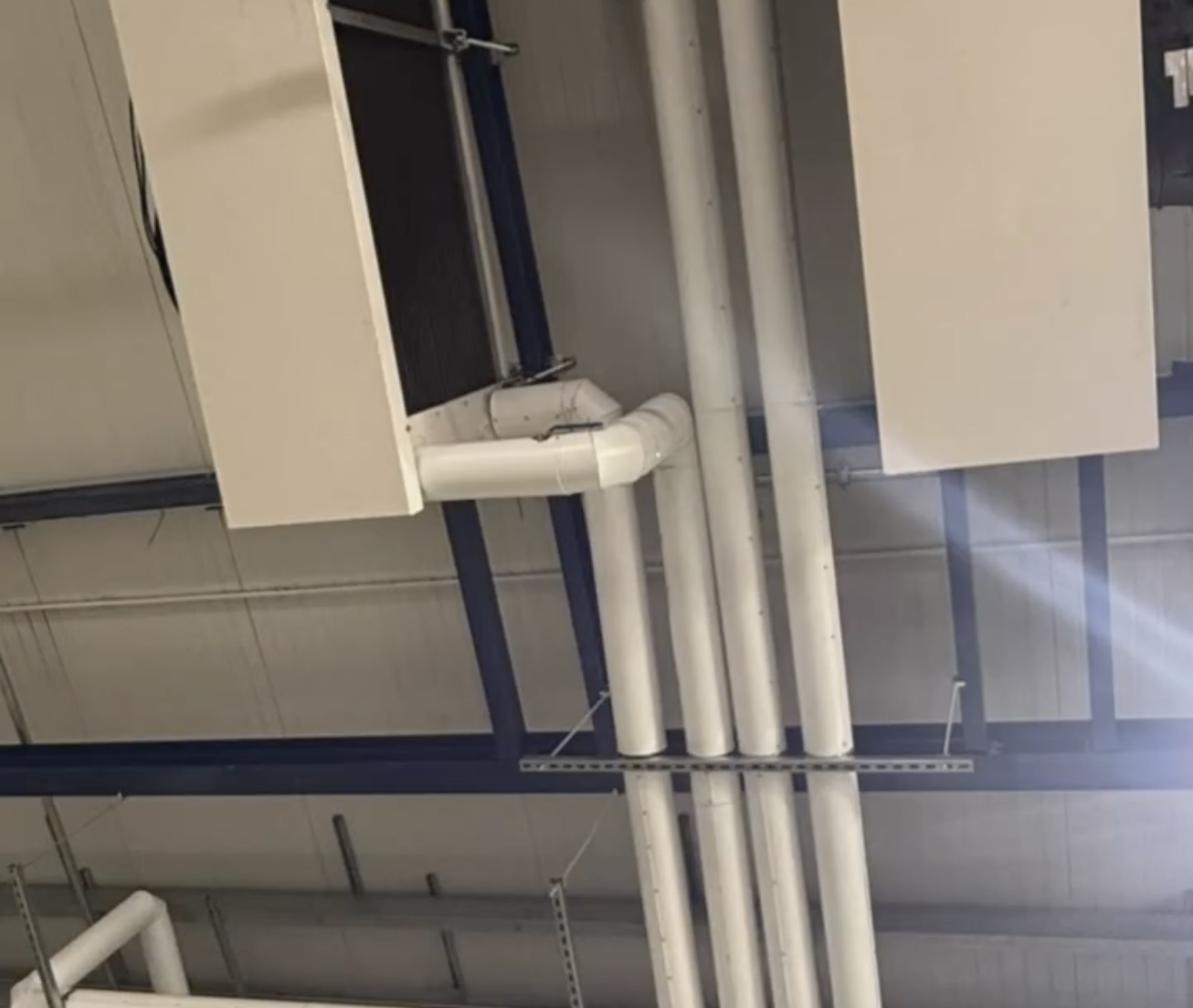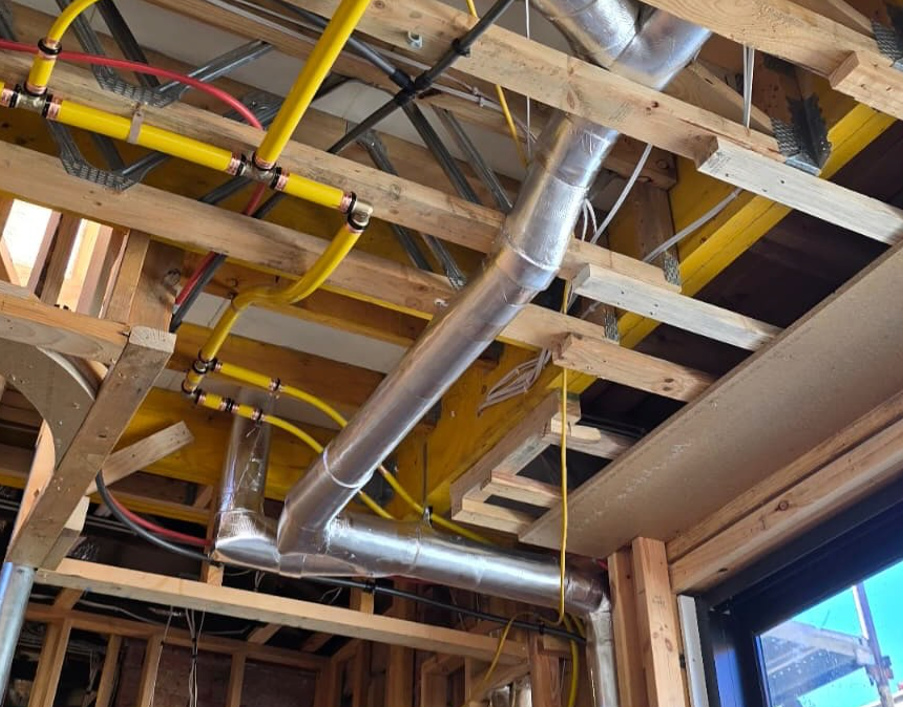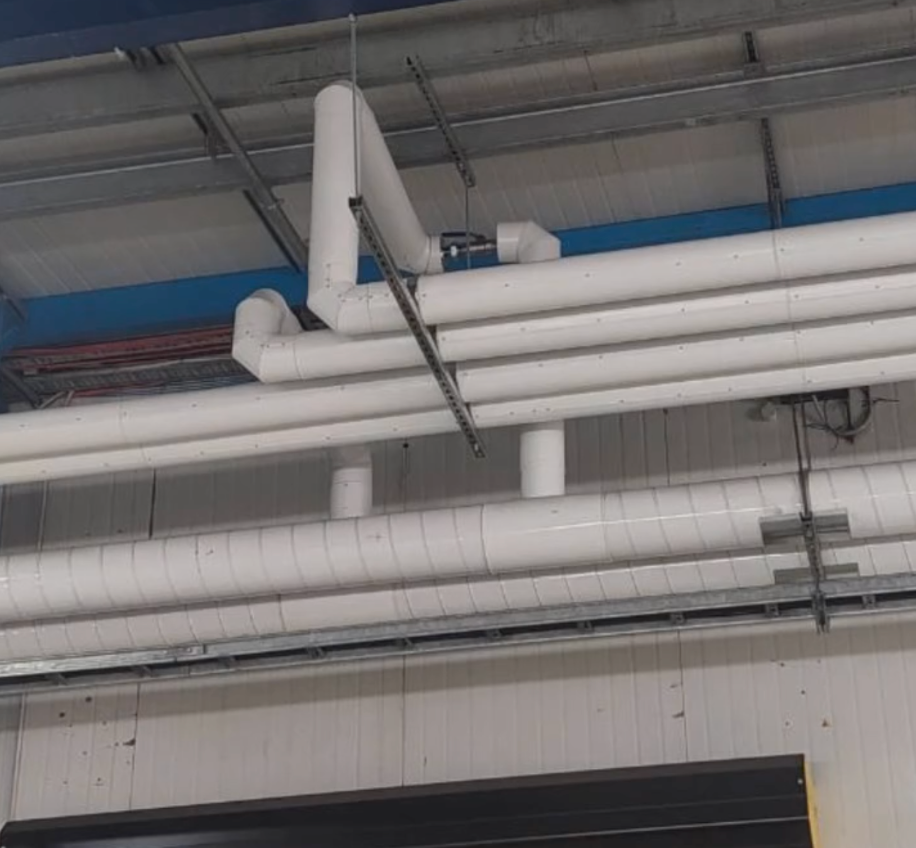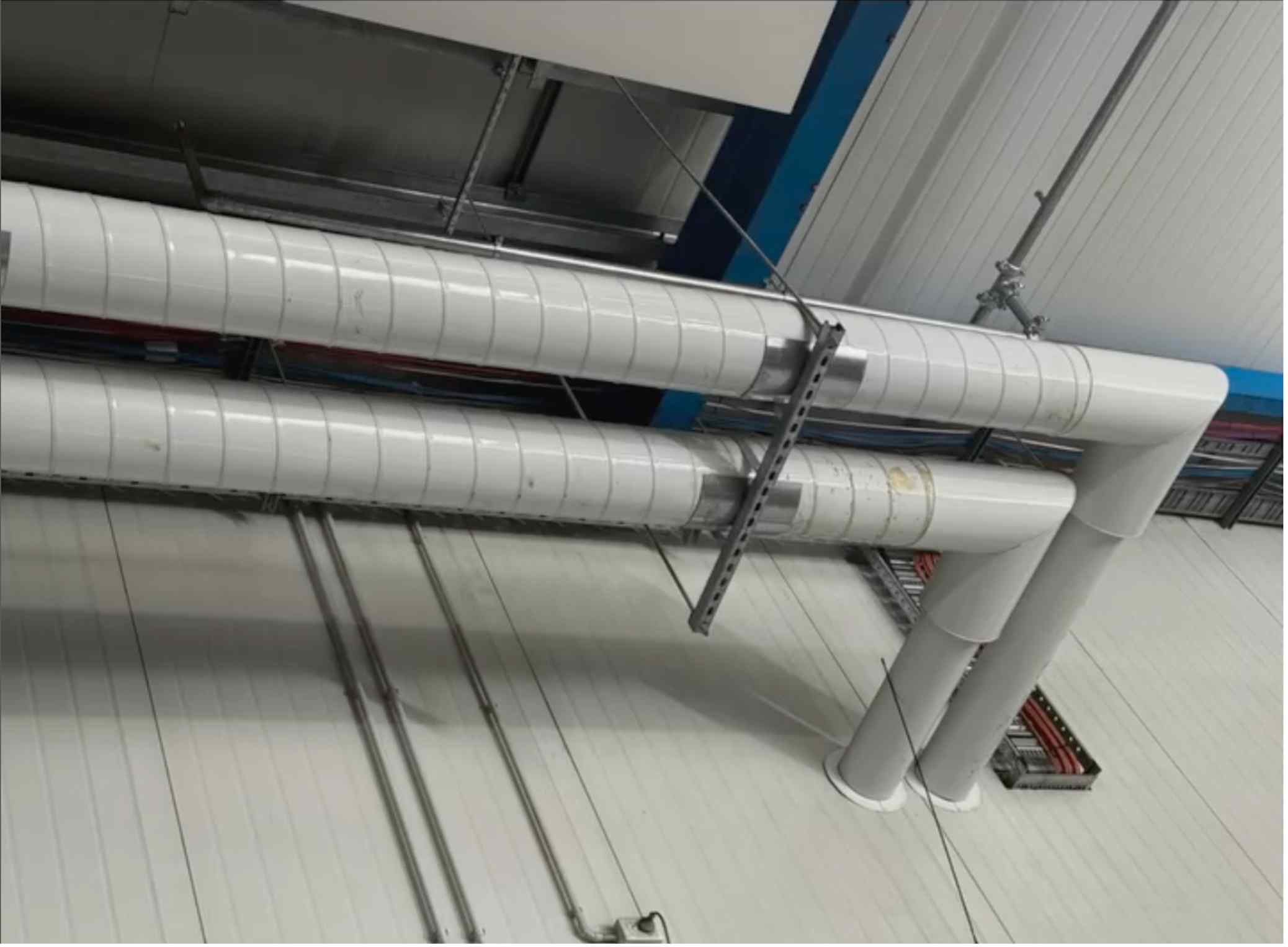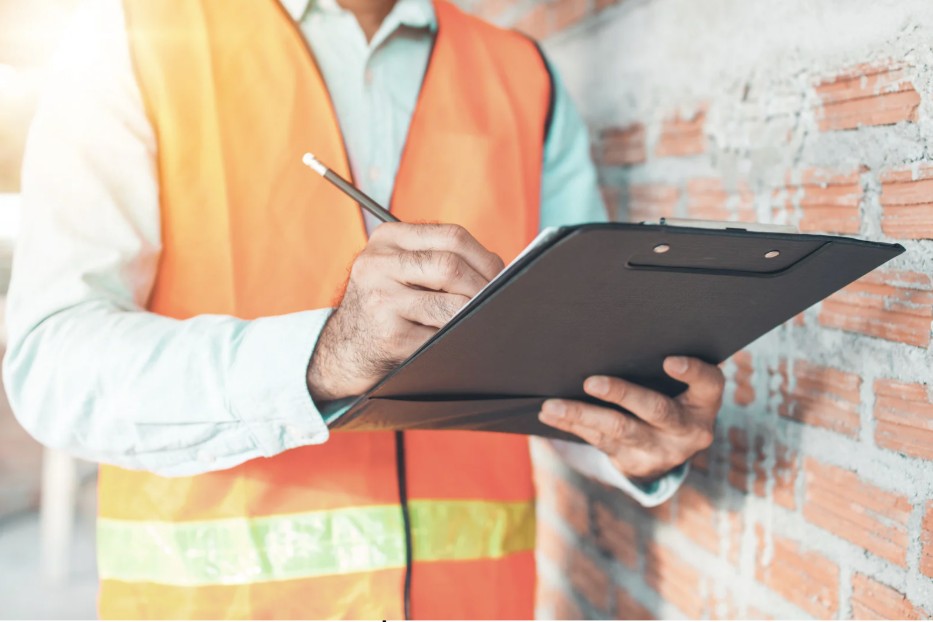The Process of Thermal Insulation for Residential Properties
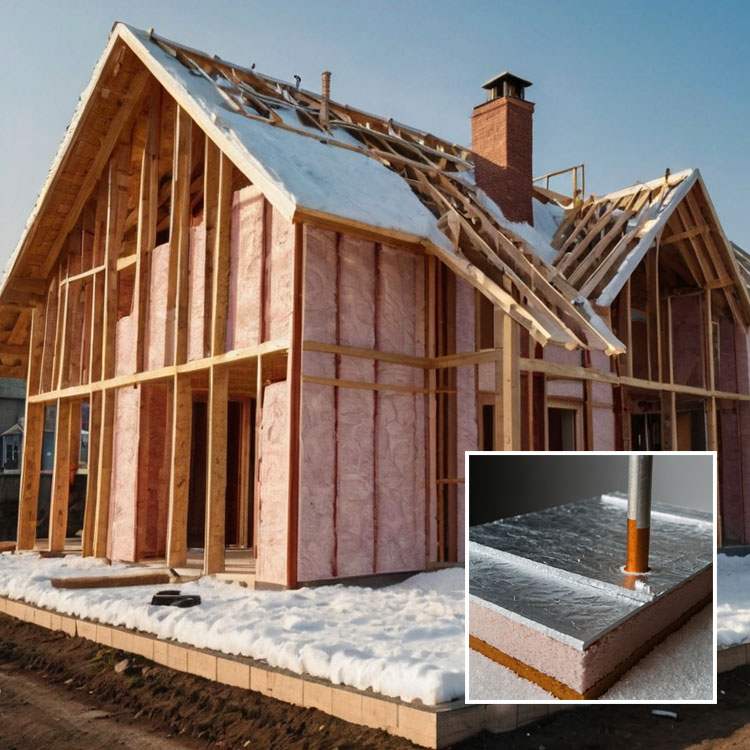
Thermal insulation is a critical component of creating energy-efficient, comfortable, and sustainable residential properties. Proper insulation not only regulates indoor temperatures but also reduces energy costs and enhances living conditions year-round. Understanding the process of thermal insulation can help homeowners make informed decisions about improving their property’s performance.
What is Thermal Insulation?
Thermal insulation involves using materials that minimise heat transfer between the interior and exterior of a home. By creating a barrier, insulation keeps homes warm in winter and cool in summer, reducing the reliance on heating and cooling systems.
Common insulation materials include:
Fibreglass: Lightweight and cost-effective.
Foam Boards: Rigid panels ideal for walls and roofs.
Spray Foam: Expands to fill gaps for airtight coverage.
Reflective Foils: Used to deflect radiant heat, often in roofs.
Steps in the Thermal Insulation Process
1. Property Assessment
The process begins with a thorough inspection of the home to identify areas where heat is being lost or gained. Key focus areas include the roof, walls, floors, windows, and doors. A professional insulation expert may conduct a thermal audit using tools like infrared cameras to detect heat leaks.
2. Choosing the Right Insulation Material
The type of insulation depends on the home’s structure, climate, and budget. For example:
Roof Insulation: Often uses fibreglass batts or reflective foils.
Wall Insulation: Cavity walls may use foam injections, while solid walls might require rigid boards.
Floor Insulation: Underfloor spaces can be insulated using foam or reflective wraps.
3. Preparation of the Area
Before installation, areas must be prepped by cleaning and clearing any obstructions. In cases of retrofitting, this may involve removing old insulation or fixing gaps in walls, floors, or ceilings to ensure proper coverage.
4. Installing the Insulation
The installation process varies depending on the type of insulation:
Roof and Ceiling: Insulation batts or rolls are laid between roof rafters or ceiling joists. Reflective foils may also be stapled under roofing to reflect heat.
Walls: For new builds, insulation is placed between wall studs before plastering. For existing walls, spray foam or blown-in insulation is applied through drilled holes.
Floors: Insulation boards or reflective wraps are fitted under suspended floors to prevent heat loss from below.
5. Sealing Gaps and Air Leaks
Even the best insulation won’t perform well if there are air leaks. After installing insulation, gaps around windows, doors, and vents are sealed with caulking or weatherstripping to ensure an airtight result.
6. Quality Inspection
Once the insulation is in place, a quality inspection is carried out to confirm that all areas are properly covered and no thermal bridges (heat leaks) remain. A thermal scan may be conducted again to ensure effectiveness.
The process of thermal insulation for residential properties is a smart investment that delivers long-term benefits. From initial assessment to quality installation, each step ensures improved energy efficiency, comfort, and sustainability. Whether you’re building a new home or upgrading an existing one, investing in proper thermal insulation is a practical way to create a comfortable and cost-effective living environment for years to come.
Benefits of Thermal Insulation for Homes
1. Energy Efficiency
Insulation significantly reduces energy consumption by limiting the need for heating and cooling systems. This translates to lower energy bills and reduced carbon emissions.
2. Improved Comfort
Proper insulation maintains consistent indoor temperatures, ensuring comfort during both hot summers and chilly winters.
3. Noise Reduction
Thermal insulation can also act as a sound barrier, dampening external noise for a quieter living environment.
4. Environmental Impact
By conserving energy, insulation helps reduce greenhouse gas emissions, making homes more eco-friendly.
5. Increased Property Value
Homes with high-quality insulation appeal to buyers seeking energy-efficient and cost-effective properties.
Disclaimer
This website is aimed at disseminating information free of charge for the benefit of the public. We do not guarantee, and accept no legal liability whatsoever arising from or connected to, the accuracy, reliability, currency or completeness of any material contained on this website or on any linked site. We recommend that users exercise their own skill and care with respect to their use of this website and that users carefully evaluate the accuracy, completeness and relevance of the material on the website for their purposes. The material on this website is a summary only of the subject matter covered and is not intended to be nor should it be relied on as a substitute for legal or other professional advice. Users should obtain any appropriate professional advice relevant to their particular circumstances. The material on this website may include the views or recommendations of third parties, which do not necessarily reflect the views of ours, or indicate its commitment to a particular course of action.
